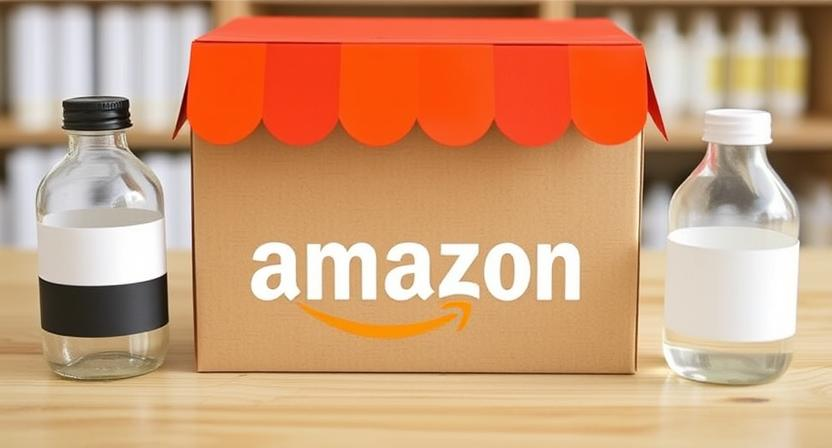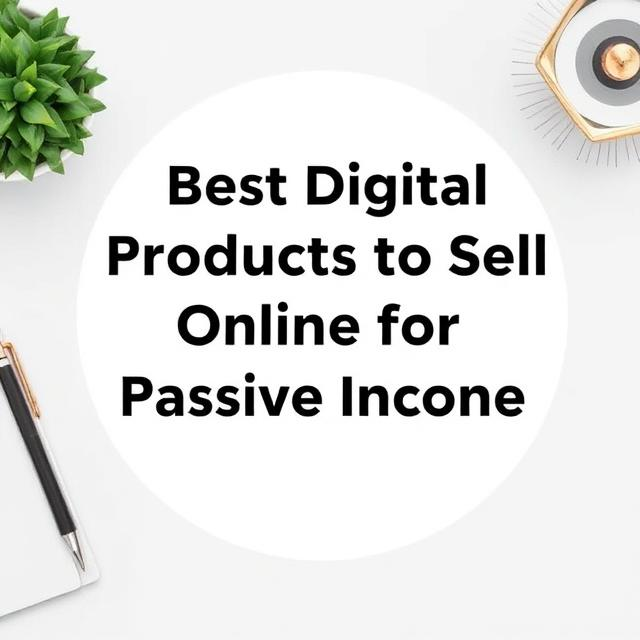Starting a private label business on Amazon can be a highly profitable venture, allowing entrepreneurs to build their own brand and generate passive income. With Amazon’s fulfillment infrastructure and massive customer base, it has never been easier to launch your own product line. In this guide, we’ll take you through every step needed to start and scale a successful private label business on Amazon.
1. Understanding Private Labeling
Private labeling involves sourcing generic products from manufacturers, branding them with your own logo and packaging, and selling them under your unique brand name. This model differs from reselling because you are creating a brand, which helps you build long-term customer loyalty and increase profit margins.
Benefits of Private Labeling on Amazon:
- Full control over branding and pricing
- Higher profit margins compared to reselling
- Long-term business sustainability
- Easier marketing and differentiation
- No direct competition with other sellers on the same listing
2. Researching & Choosing a Profitable Product
The foundation of a successful private label business is choosing the right product. To ensure profitability, consider these factors:
Product Research Tools:
- Helium 10 – Offers data on sales trends, competition, and demand.
- Jungle Scout – Helps identify profitable product opportunities.
- AMZScout – Provides insights into product performance and competition levels.
Criteria for a Winning Product:
- High demand, low competition – Choose products with steady demand but fewer competitors.
- Small & lightweight – Reduces storage and shipping costs.
- Profit margin over 30% – Ensure pricing allows for a healthy profit after Amazon fees.
- Not seasonal – Avoid products that only sell well during specific months.
- Improvement potential – Look for ways to enhance existing products based on customer reviews.
3. Finding a Reliable Supplier
Once you have identified a product, the next step is to find a manufacturer who can produce it under your brand name.
Best Platforms to Source Private Label Products:
- Alibaba – One of the largest directories of manufacturers globally.
- Global Sources – Connects you with verified suppliers.
- ThomasNet – A good option for U.S.-based manufacturing.
- SaleHoo – Provides access to vetted suppliers.
How to Choose a Manufacturer:
- Request samples before placing bulk orders.
- Check supplier reviews and ratings.
- Negotiate minimum order quantities (MOQs) to fit your budget.
- Ensure they offer private labeling and custom packaging.
4. Branding & Packaging Your Product
A strong brand identity sets your private label product apart from competitors.
Branding Essentials:
- Unique brand name – Choose a catchy and relevant name.
- Custom logo – Hire a designer or use tools like Canva or Fiverr.
- Professional packaging – High-quality packaging enhances customer experience and brand perception.
- Product inserts – Include thank-you notes, discount codes, or warranty information.
Amazon requires a trademarked brand to enroll in Brand Registry, which provides additional benefits like A+ Content and enhanced brand protection. Consider registering a trademark early on.
5. Listing Your Product on Amazon
A well-optimized product listing is crucial to attracting customers and driving sales.
Creating a High-Converting Listing:
- Compelling Title: Use relevant keywords and highlight unique selling points.
- Bullet Points: Clearly explain product benefits and features.
- Product Description: Expand on details and use storytelling to engage buyers.
- High-Quality Images: Use professional product photos with multiple angles.
- Backend Keywords: Add search terms in the backend of your Amazon Seller account to improve discoverability.
6. Setting Up Fulfillment & Shipping
Fulfilled by Amazon (FBA) vs. Fulfilled by Merchant (FBM)
- FBA: Amazon stores, packs, and ships your products. This option is best for scalability and Prime eligibility.
- FBM: You handle storage and shipping, which is better for high-margin or fragile products.
FBA is recommended for most private label sellers due to Amazon’s fast shipping and customer trust.
7. Launching & Marketing Your Product
Amazon PPC Advertising:
Running Sponsored Ads can drive initial traffic and sales. Start with:
- Sponsored Products Ads – Appear in search results and product pages.
- Sponsored Brand Ads – Promote your brand and multiple products.
- Sponsored Display Ads – Target customers based on browsing history.
External Marketing Strategies:
- Social Media Marketing: Promote on Instagram, TikTok, and Pinterest.
- Influencer Collaborations: Partner with micro-influencers to reach niche audiences.
- Email Marketing: Collect customer emails for promotions and retargeting.
- SEO Optimization: Use relevant keywords to boost organic ranking.
8. Managing Customer Reviews & Feedback
Positive reviews are essential for ranking and conversions. Encourage customer feedback by:
- Using Amazon’s Request a Review button.
- Including a thank-you card asking for feedback.
- Addressing negative reviews with excellent customer service.
Avoid fake reviews or incentivized reviews, as these violate Amazon’s policies.
9. Scaling Your Private Label Business
Once your first product is successful, you can scale by:
- Launching more products in the same niche to increase brand presence.
- Expanding to international Amazon marketplaces (UK, Canada, Germany, etc.).
- Building an off-Amazon sales channel via Shopify or WooCommerce.
- Leveraging Amazon Brand Registry to protect your brand and unlock additional marketing tools.
10. Common Challenges & How to Overcome Them
Competition:
- Differentiate your product with unique features and branding.
- Focus on excellent customer service and post-purchase experience.
Inventory Management:
- Use tools like Forecastly or SoStocked to prevent stockouts.
- Plan ahead for peak seasons like holidays and Prime Day.
Amazon Fees Eating into Profits:
- Optimize packaging to reduce shipping costs.
- Increase product price strategically based on competitor analysis.
Conclusion
Starting a private label business on Amazon requires strategic planning, but it can be highly lucrative when executed correctly. By choosing the right product, working with reliable suppliers, and leveraging Amazon’s vast marketplace, you can build a sustainable and profitable brand.
Take action today—start researching your niche, find suppliers, and take the first step toward building your Amazon private label empire!






Leave a Reply